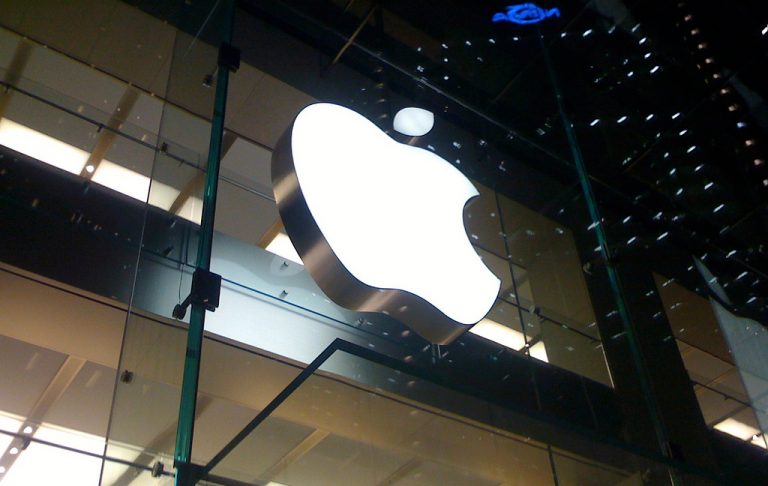 EMERGING TECH
EMERGING TECH
 EMERGING TECH
EMERGING TECH
 EMERGING TECH
EMERGING TECH
Apple Inc.’s long-rumored augmented reality headset may hit the market much sooner than previously believed.
Influential mobile industry analyst Ming-Chi Kuo today projected that the device will enter mass production in the fourth quarter or by the second quarter of 2020 at the latest. Previously, Kuo had accurately predicted the details of several Apple product launches, including the 2018 iPhone lineup. The analyst’s new estimate suggests Apple may have adopted a more aggressive development roadmap since word of the AR headset first emerged in 2017.
In October of that year, Bloomberg cited sources as saying that the company was aiming to launch the device by 2020 at the earliest. The tipsters also claimed that it will ship with a custom-built operating system distinct from iOS.
According to Kuo, Apple’s headset will function mostly as a display and rely on the wearer’s iPhone for processing tasks. It’s also expected to depend on the linked handset for internet access. Such a design may help make the device lighter and more convenient to use than current AR headsets such as Microsoft Corp.’s HoloLens 2, which are relatively bulky because they feature onboard computers.
Others in the industry are going down a similar path. Qualcomm Inc., whose chips can be found in most Android handsets, last month launched a broad industry effort to foster the development of smartphone-connected AR and VR headsets. These systems will tether to users’ devices via USB-C cables.
Kuo didn’t touch upon the question of how the rumored Apple headset will connect to the wearer’s iPhones. But last April, a source told CNET that the system will do so wirelessly using 802.11ay, a short-range communications standard currently in development.
The same report also claimed that Apple plans to equip the headset with a five-nanometer processor. No chipmaker has such a product as of yet, but that may change in the near future. According to a recent leak attributed to anonymous industry sources, Taiwanese semiconductor giant TSMC Ltd. plans to bring its first five-nanometer processors to market by 2020 with Apple as an early customer.
Besides those reports, there have also been more concrete indicators that the company is eyeing the AR hardware market. One of the biggest clues was Apple’s acquisition of hardware startup Akonia Holographics LLC in 2018. Longmont, Colorado-based Akonia developed a “holographic” lens designed specifically for use in augmented reality displays.
Support our mission to keep content open and free by engaging with theCUBE community. Join theCUBE’s Alumni Trust Network, where technology leaders connect, share intelligence and create opportunities.
Founded by tech visionaries John Furrier and Dave Vellante, SiliconANGLE Media has built a dynamic ecosystem of industry-leading digital media brands that reach 15+ million elite tech professionals. Our new proprietary theCUBE AI Video Cloud is breaking ground in audience interaction, leveraging theCUBEai.com neural network to help technology companies make data-driven decisions and stay at the forefront of industry conversations.